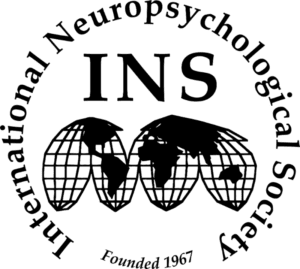INS Newsletter: Where the World Meets
International Neuropsychological Society
Member Newsletter – Summer 2018
As the summer winds down it is our pleasure to bring the latest updates and information concerning upcoming conferences, events, and announcements that may be of interest to the members of our society. We hope that you were able to attend and enjoy the Prague meeting and are planning to attend the upcoming February New York meeting. Please take the time to peruse the articles and features of this summer newsletter as it includes information about the upcoming INS election. We continue to welcome your input concerning the contents of the newsletter and invite members to propose features for upcoming issues of the newsletter. Feel free to contact me at: rfama@stanford.edu.
Rosemary Fama, Editor, & INS Newsletter Editorial Team
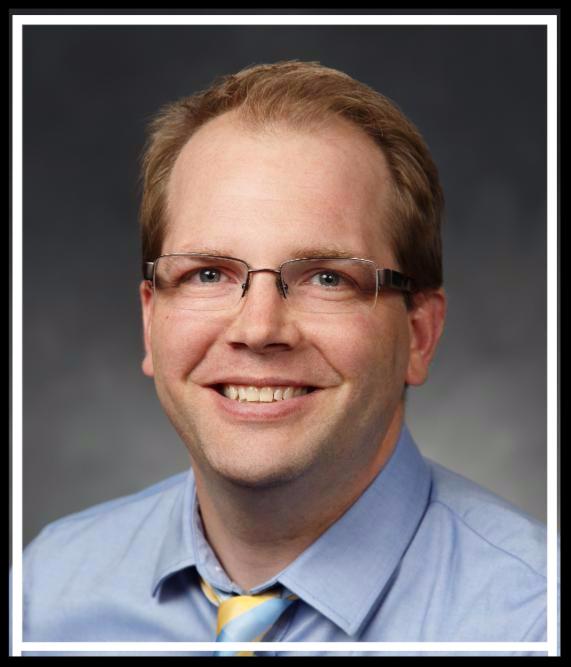
Derin Cobia
Science Editor
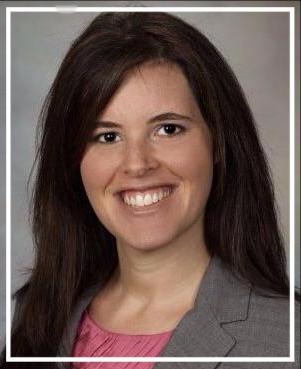
Pamela Dean
Assistant Science Editor
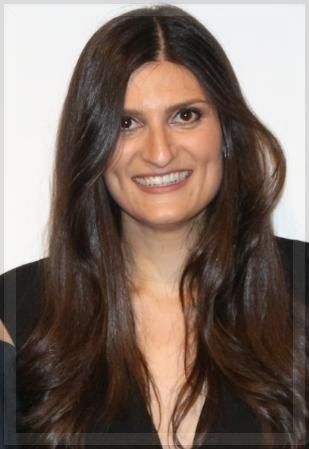
Natalie Grima
Clinical Case Co-Editor

Maxine Krengel
Clinical Case Co-Editor
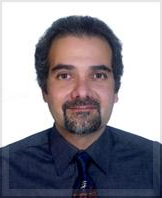
Omar Alhassoon
International Editor
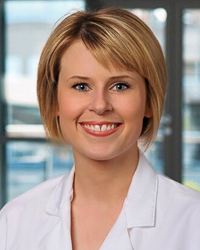
Cady Block
Social Media Editor
Special Features
Science in Action: E. Mark Mahone, PhD
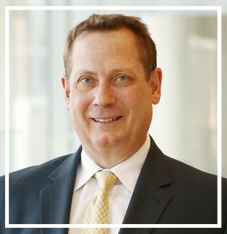

Brain Imaging in Preschool-Aged Children Reveals Potential Markers of ADHD: An Interview with E. Mark Mahone, PhD
E. Mark Mahone, PhD
Understanding the complex pathophysiology and behavioral trajectories of Attention-Deficit/Hyperactivity Disorder is a long-term interest of Dr. E. Mark Mahone, a Professor of Psychiatry and Behavioral Sciences at the Johns Hopkins University and Director of Neuropsychology at the Kennedy Krieger Institute. Dr. Mahone’s earlier ADHD imaging work revealed sex differences in cortical development that varied by age. Specifically, he found more brain abnormalities and worse behavioral profiles in school-aged boys relative to girls, despite similar onset in their preschool years.
Clinical Case Series: Semantic Dementia
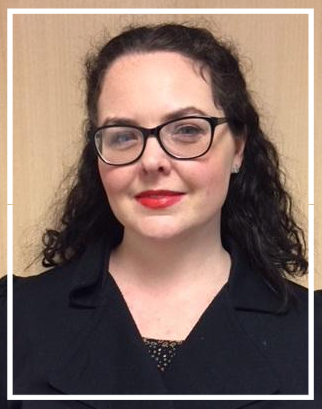

The Challenges of Young-Onset Dementia: A Case of Semantic Dementia
Simone Mangelsdorf, MPsych
International Feature: New Society
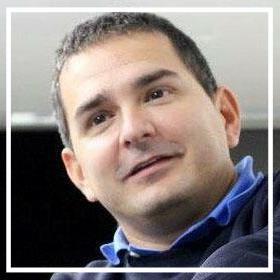


Founding of the Columbian Society of Neuropsychology
Juan Carlos Arango Lasprilla, PhD
In Colombia, the field of neuropsychology is quite young, having begun only approximately 30 years ago. It developed primarily in the country’s largest cities, such as Medellín, Bogotá, and Cali. The field has advanced via various types of academic activities, including conferences and seminars, and some masters’ programs. In addition, a few local scientific associations have been founded. Recently, neuropsychologists have identified a real need to standardize and consolidate the profession of neuropsychology throughout the country. Therefore, in 2016 a group of fifteen professionals working in neuropsychology from different Colombian cities began to meet and work together. This working group wrote the bylaws of a neuropsychological society.
In November 2016, the first Colombian Society of Neuropsychology was founded. The main mission of this organization was, and is, to support and promote the development of neuropsychology in Colombia. You can read more by clicking here. You can read more about the inaugural congress by clicking here.
Student Liaison Committee: Research Highlights
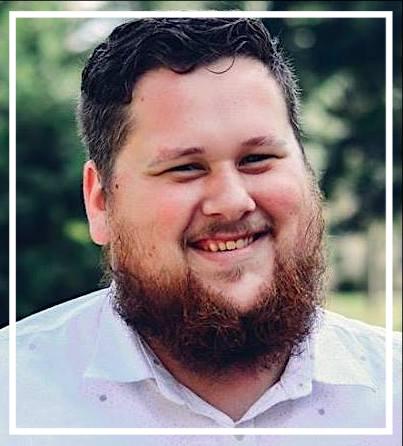

Corey Bolton, MA
Student members play an integral role in furthering the mission of the INS to promote the international and interdisciplinary study of brain-behavioral relationships. The research being done by current student members represents the future of this field and deserves to be recognized. To that end, the INS hopes to begin highlighting student research via social media. If you are a current student member of INS and would like your research to be shared, we would love to hear from you. Please follow this link to complete an online form providing us with your information. The deadline is September 10th, 2018. Interested students will be contacted soon with instructions.
INS Social Media: Growing Everyday




Cady Block, PhD
Want to submit something for @INSneuro? Just email it to the INS social media editor, but please note that all submissions are subject to review and verification before posting. Send away!
Meeting Announcement
North American Meeting: New York City, USA
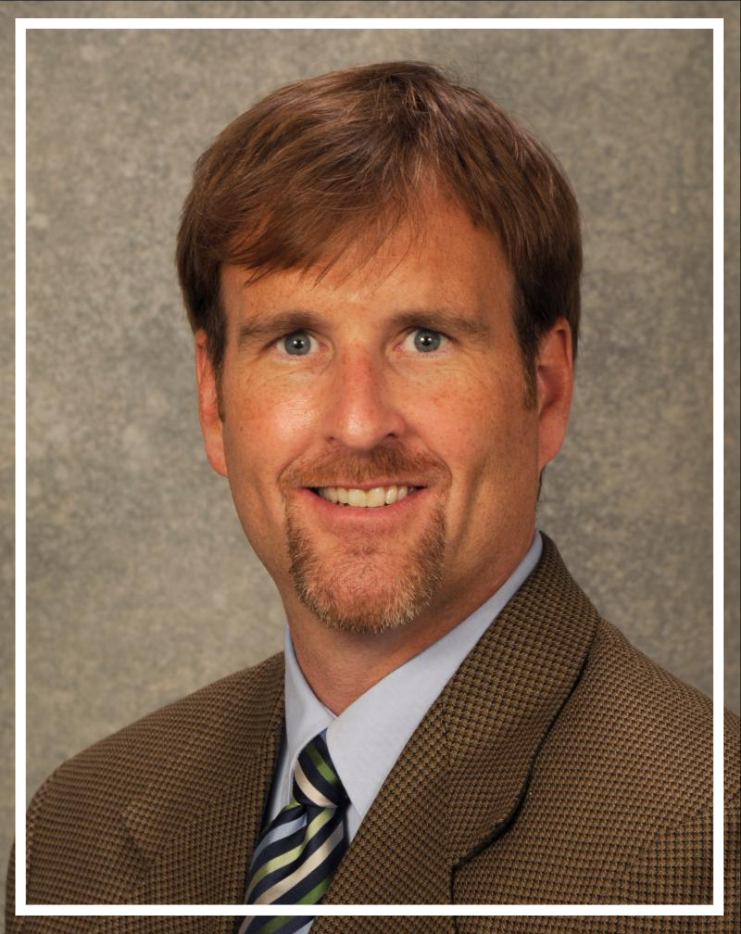

Mike Kirkwood, Program Chair
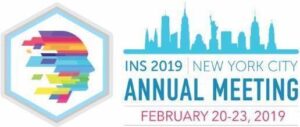
Embracing the Biopsychosocial Melting Pot
Please join us for the 47th Annual INS Meeting at the Marriott Marquis Times Square in New York City, NY, USA, February 20th to 23rd, 2019. Featuring an impressive lineup of prestigious keynote speakers and invited symposia, a stellar scientific program, and the virtually endless arts, cultural, and opportunities that New York City has to offer.
Abstract submissions were due 8/10/18. We received a record number of submissions, over 1400 in fact! This is a great sign that the conference will be fantastically energized and well attended.
Our keynote speakers include INS President Keith Yeates, Paul Bloom, Tim Hohman, Judy Illes, Adrian Owen, Rebecca Saxe, and Sandrine Thuret. Invited symposia will be chaired by Deborah Koltai Attix, Judy Illes, and Robin Peterson. We will also feature a scientific debate on the neurocognitive effects of cannabis featuring Igor Grant and Krista Lisdahl (moderated by Raul Gonzalez), as well as a panel discussion on how science and the media intersect and interact, using concussion as an illustrative example. Click here for additional information.
Registration opens October 1, 2018!
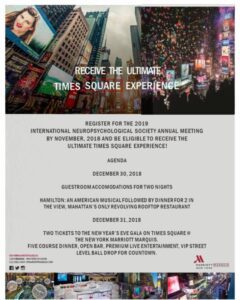

89th INS Rio de Janeiro Meeting
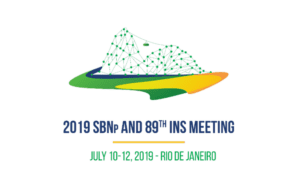

Save the date!
Back to the Roots of Neuropsychology
Save the date for the INS annual Mid-Year Meeting! In 2019, we are being hosted by our colleagues in beautiful Rio de Janeiro, Brazil. The theme for the event is Back to the Roots of Neuropsychology: Tradition and Technology to the Future. There will, of course, be an impressive lineup of prestigious keynote speakers and invited symposia, an innovative scientific program, all steeped in the colorful and diverse culture of Brazil.


IBIA 13th World Congress: Toronto, Canada


The International Brain Injury Association’s World Congress on Brain Injury is the largest gathering of international professionals working in the field of brain injury (traumatic and acquired, including stroke). The next World Congress will take place March 13 – March 16, 2019, in Toronto, Canada. Over 1400 international delegates attended the World Congress when it was last held in the United States in 2017 in New Orleans. Click here to read more about this meeting.
Society Announcement
INS Executive Director Appointed
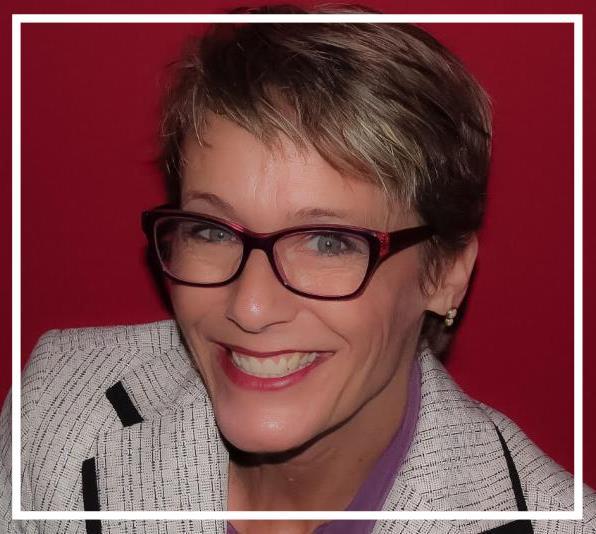

Deborah Koltai, PhD
At the 2018 meeting in Prague, the INS Board of Governors approved the appointment of Dr. Deborah Koltai of Duke University Medical Center as the incoming Executive Director of INS. She will replace Dr. Gordon Chelune, who has been INS Executive Director for the past 5 years, at the end of the INS meeting in New York City in February 2019.
Special Interest Groups: Epilepsy Highlight




Cady Block, PhD
INS Special interest groups (SIGs) provide a unique opportunity for individuals with similar interests to build collaborative relationships, create international communities, and work together to further science. The INS SIGs conduct meetings at conferences, have list serves, engage in social media, and maintain an active communication throughout the year. To date, three INS SIGs have formed: Epilepsy, Oncology, and Cultural Neuropsychology. INS is accepting additional applications for new SIGs. There is no deadline for submission, but applications do require 20 interested INS members. Email questions or requests for applications to: INSScientificCommittee@gmail.com. We are excited to hear from you!
Drs. Cady Block, William Barr, and Sallie Baxendale are the co-chairs for the INS Epilepsy SIG. We interviewed Dr. Block to learn more about the SIG. Read more
Prague Meeting: Signing of MOUs
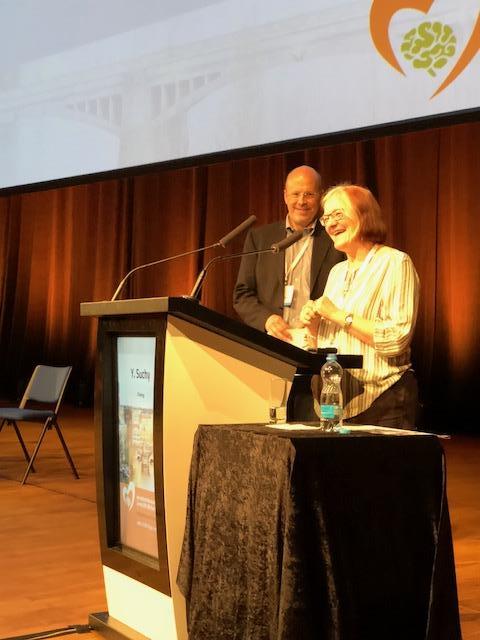

Signing of Memorandums of Understanding with Sociedad Latinoamericana de Neuropsicologia and the Australasian Society for the Study of Brain Impairment
Drs. Yeates and Douglas


Drs. Yeates and Ferreres
Keith Yeates, INS President, signed the MOUs for INS; Aldo Ferreres, President of SLAN, and Jacinta Douglas, President of ASSBI, signed for their respective societies. The signing of the MOUs reflects INS’s commitment to fostering mutual relationships with other like-minded scientific societies from around the world. INS looks forward to ongoing interactions with SLAN and ASSBI.
Salary Survey of U.S. and Canadian Psychometrists
The National Association of Psychometrists’ 2015 Salary Survey has been published by Taylor & Francis. Click here for the 2015 professional practices and salary survey of U.S. and Canadian psychometrists.
American Speech-Language-Hearing Association
For the past 20 years, Dr. Cynthia (Cindy) Ochipa, Chief, Audiology and Speech Pathology Services at the James A. Haley Veterans’ Hospital in Tampa, Florida has overseen INS’s CEU certification from the American Speech-Language-Hearing Association (ASHA). As we phase out this aspect of our educational programming, we would like to say thank you to Dr. Ochipa for all her work and support of INS.
INS 2019 Election Slate
Candidates for President
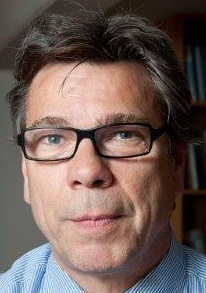

Edward de Haan (NL)
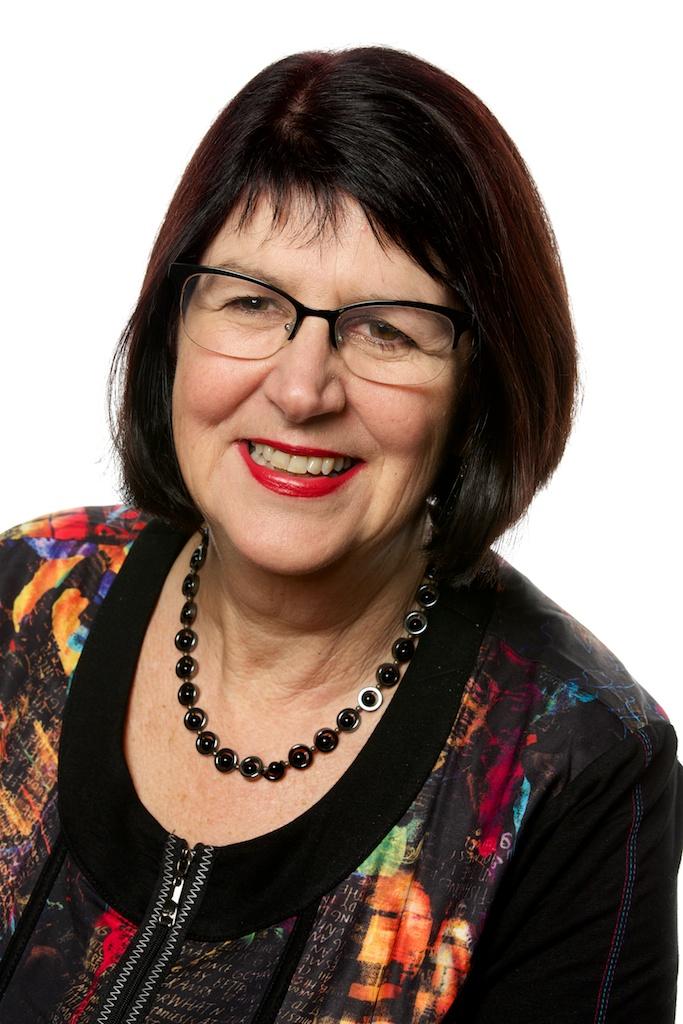

Skye McDonald (AUS)
Candidates for Members-at-Large



Juan Carlos Arango (ES)
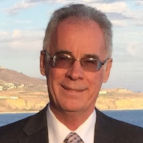

Greg Brown (USA)
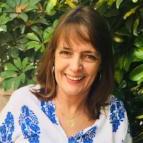

Annelies Cramer (SA)


Robin Green (CAN)
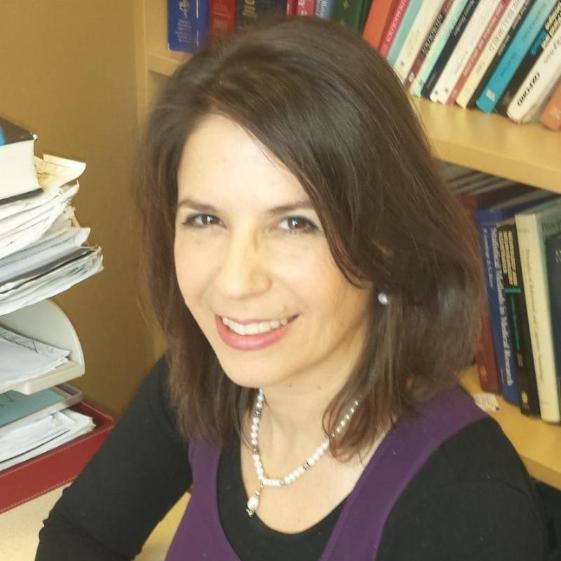

Sarah MacPherson (UK)


Shawn McClintock (USA)
Click here to view detailed bios for each candidate.
INS 2019 Elections and Write-in Candidates
Continuing Education Credits: JINS
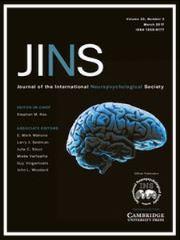


Member Resources
INS Jobs Board: Position Announcements


Impact Factor: JINS



JINS, the official scientific journal of the INS, is proud to announce that the 2017 Impact Factor is now 2.77, a 27% increase from 2016. INS members are encouraged to send their best science to JINS. The society’s goal is to make the JINS the leading scientific outlet for neuropsychological research.
The Book Corner: New and Noteworthy Titles
The INS team is always on the lookout for new and interesting books that may be of interest to our membership. We have listed a few new and noteworthy releases below. Please note that inclusion in the INS newsletter does not constitute an official endorsement of any of the following publications. Descriptions of books taken from marketing material.
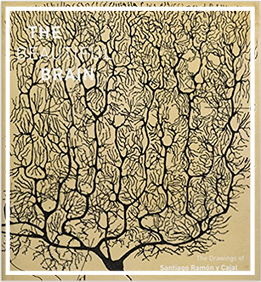

Beautiful Brain: Drawings of Santiago Ramon y Cajal
©2017; Harry N. Adams, Publisher
Santiago Ramón y Cajal (1852 – 1934) was the father of modern neuroscience, and an exceptional artist. He devoted his life to the anatomy of the brain, the body’s most complex and mysterious organ. His superhuman feats of visualization, based on precise techniques and countless hours at the microscope, resulted in some of the most remarkable illustrations in the history of science. Beautiful Brain presents a selection of his exquisite drawings of brain cells, brain regions, and neural circuits with accessible descriptive commentary.
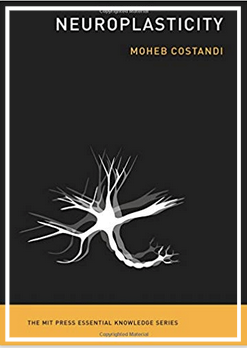

Neuroplasticity
©2016; Costandi
Fifty years ago, neuroscientists thought that a mature brain was fixed like a fly in amber, unable to change. Today, we know that our brains and nervous systems change throughout our lifetimes. This concept of neuroplasticity has captured the imagination of a public eager for self-improvement and has inspired countless Internet entrepreneurs who peddle dubious “brain training” games and apps. In this book, Costandi offers an overview of neuroplasticity, describing how our brains change continuously in response to our actions and experiences.
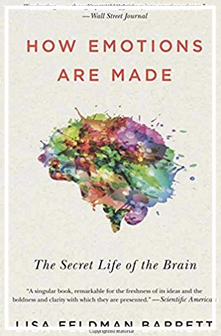

How Emotions are Made
©2018; Barrett
The science of emotion is in the midst of a revolution on par with the discovery of relativity in physics and natural selection in biology. A lucid report from the cutting edge of emotion science, How Emotions Are Made reveals the profound real-world consequences of this breakthrough for everything from neuroscience and medicine to the legal system and even national security, laying bare the immense implications of our latest and most intimate scientific revolution.
The International Neuropsychological Society
2319 Foothill Drive, Suite 260 | Salt Lake City, UT 84109
